

- Contact Us
- Search
-
Mayflower400 partner destinations:
Virtual Voyages: Dorking
Join us on our Virtual Voyage as we explore 17th century Dorking, the picturesque Surrey town once home to the shoemaker William Mullins and his family.
Six people from Dorking travelled on the Mayflower headed by businessman William - who brought with him 250 shoes and 13 pairs of boots.
His teenage daughter Priscilla was also on board, and her later marriage to the ship’s Cooper John Alden - despite the overtures of soldier Myles Standish - and their children mean millions of Americans can trace their lineage to this family and pretty English town.
We’ll visit the original home of the Mullins family in Dorking, thought to be the only surviving home of a Mayflower passenger in England.
Dorking and the Mayflower story
There were six Pilgrims from Dorking who made the Mayflower voyage: William Mullins, who was a shoemaker; his wife, Alice; his son, Joseph, who is thought to be have been between an infant and seven years old; and his daughter, Priscilla, who was a teenager.
The Mullins family took with them to America their manservant, Robert Carter, and they were joined by another man named Peter Brown, who is thought to have been related.
Perhaps the most interesting thing about the Mullins family is that it is not known why they went on the Mayflower, and it is quite possible that William was a sympathiser with the religious separatists.
On the other hand, at least half the passengers on board the Mayflower were those who had invested in the voyage, and looking at Mullins as a businessman, it is very likely that he would have seen it as a business opportunity.
If the new colony in America proved successful, he would have had a ready-made market and took with him literally hundreds of pairs of shoes which, of course, were absolutely vital to establish that colony.
Dorking in the time of the Mayflower

‘Darking’, as Dorking was known in the early years of the 17th century, was a thriving market town with a population of about 1,400 inhabitants some 27 miles from London.
Its layout then was very much as it is today, and quite a number of the buildings that William Mullins and the affiliate fellow travellers would have known still exist in Dorking – particularly St Martin’s Church and also the former home of William Mullins, which is a large prestigious building in the centre of the town.
There are also a number of cottages and inns; one, located very, very close to the Mullins’ house goes back to the 15th century and is still in use now as an inn.
Buildings from that period include Pear Tree Cottage, The White Horse Hotel and The Kings Arms and the Rose and Crown.
William Mullins’ former home
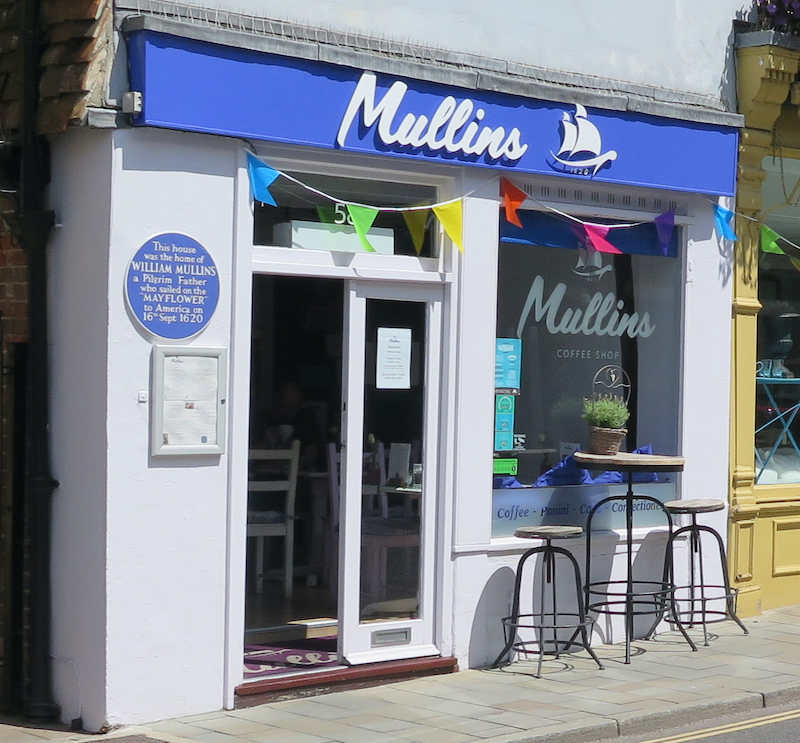
The title of shoemaker may not sound that prosperous, but William Mullins’ father was in that particular profession, as was his brother.
And he owned a very large property in the centre of Dorking – a big business premises with a grand façade, four bays and three storeys which would have been very recently built by Mullins or his predecessor.
The area at the time was full of tailors, haberdashers, tanners and the like, all selling their wares.
Downstairs were the business premises which would have been let to other shop owners, so Mullins would have been a landlord as well.
Then upstairs in the property would have been the living space for these families. Today there is a blue plaque on the building to commemorate the fact that Mullins owned it, but it doesn’t make any mention of Priscilla, unfortunately, who went on to establish the family within Plymouth Colony.
Now, 400 years later, there are still four businesses occupying that premises, as well as residential accommodation above.
One of them is a coffee shop, so you can actually see inside what would have been the Mullins’ house.
Dorking Museum
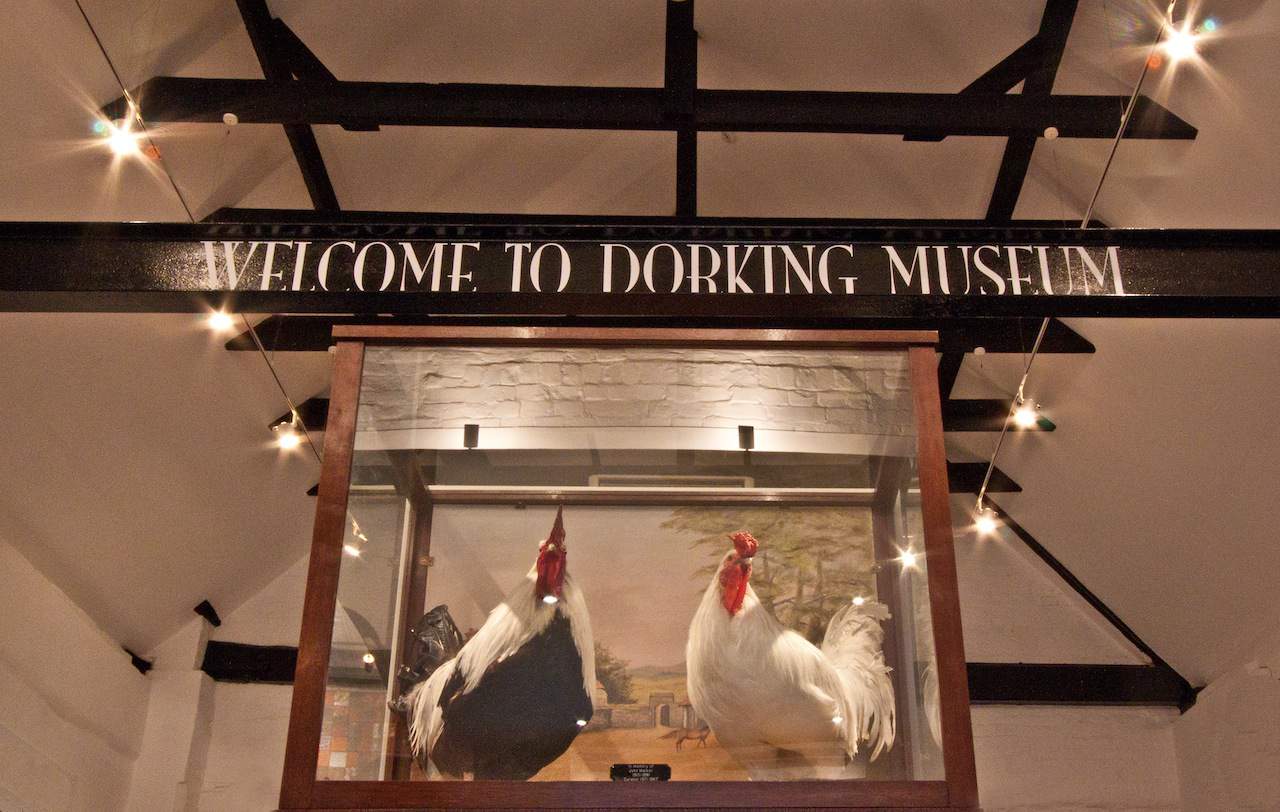
The town’s museum has a permanent display about the Mullins, with another exhibition planned about the family.
It also offers guided tours about Dorking in the time of the Mayflower, where you can visit the church where the Mullins family might have worshipped, the place where they did they communal washing, where the market would have been, as well as the market hall itself and, of course, the Mullins’ former home.
Arriving in America
The Mayflower completed the transatlantic crossing and arrived in America to a very harsh first winter that saw many of the passengers and crew perish.
William Mullins was the first of the Dorking contingent to die, after less than three months in Plymouth Colony.
Mullins would have known he was dying, for a he wrote what is known to be the first Will in the colony.
His wife, Alice, sadly passed away soon after, followed by their son, Joseph, and then Robert Carter, who was thought to be under the age of 21.
So, only Priscilla and Peter Brown survived that dreadful first year.
What happened to Priscilla Mullins?
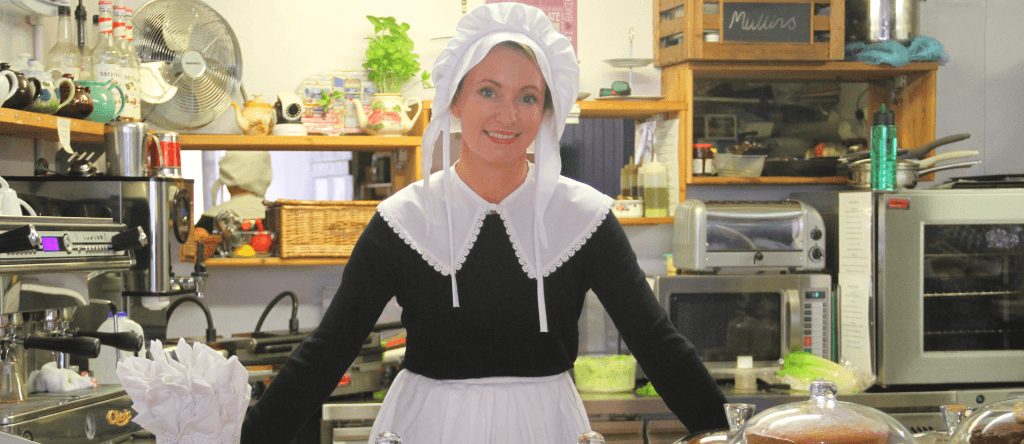
Following the tragic death of her family, Priscilla was left alone in this colony more than 3,000 miles from home and was one of only a few women to survive that first harsh winter.
After inheriting all of her father’s shares in Plymouth Colony, all of his possessions, all of his stock of shoes, Priscilla would have been a very eligible young woman, so she would have been in a very good position when it came to choosing a marriage partner.
In 1622, Priscilla married John Alden, a cooper from Harwich in Essex – but only after she had caught the eye of another passenger, Myles Standish.
But although Standish was fearless in battle, he was too shy to talk directly to Mullins, which paved the way for Alden and Mullins to be together.
Their love was immortalised in an 1858 bestselling poem by Henry Wadsworth Longfellow - a direct descendant of John and Priscilla - titled ‘The Courtship of Myles Standish’.
The couple went on to have 10 children – many of whom made it to adult age – and Alden helped to found the town of Duxbury, Massachusetts, just beyond the colony.
By 1627 they were living in a house on the hillside, across from the Governor’s house and near the fort.
It is believed that Priscilla passed away only a few years before her husband (around 1680), and she was buried at the Miles Standish Burial Ground in Duxbury. Her grave’s exact location is unknown, but there is a marker there in her honour.
Alden, meanwhile, died in 1687 at the age of 89, making him one of the last surviving Mayflower passengers.
Discover More
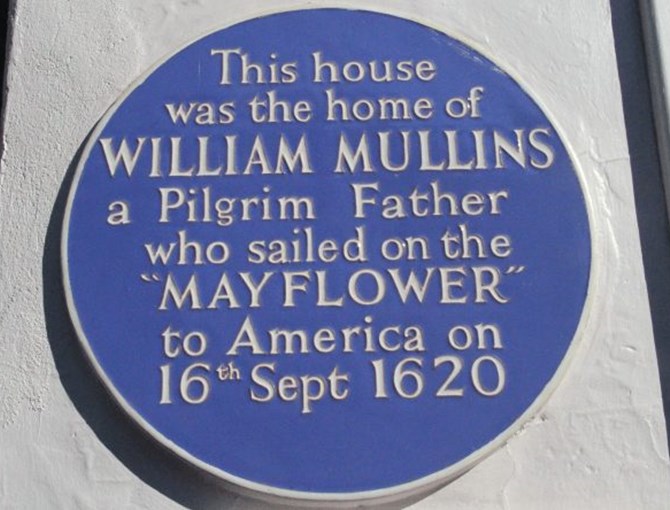
Dorking
Dorking is a quintessentially English town in Surrey, home to six Mayflower passengers including William Mullins - his house still stands in the town today
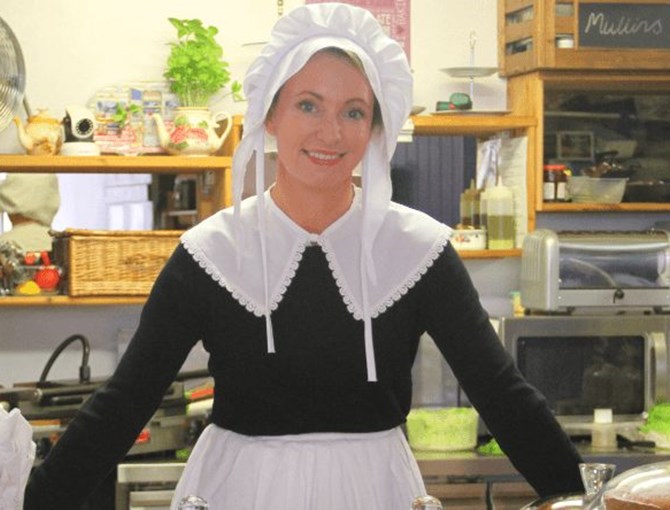
7 things you didn't know about Dorking
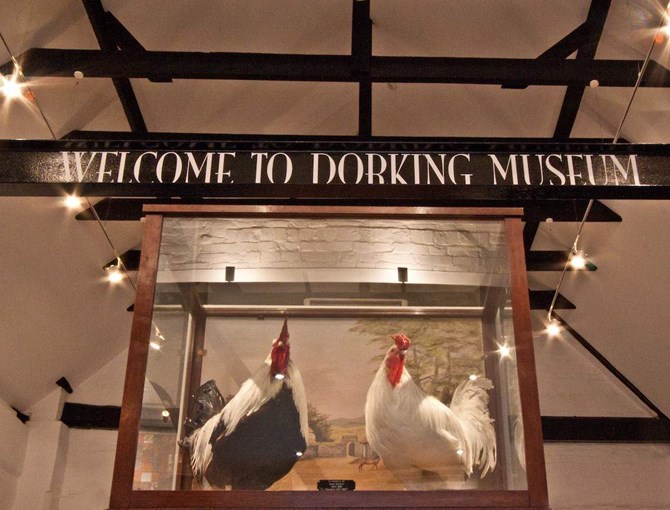
Dorking Museum
Delve in to Dorking’s past with exhibitions, events, archives and activities at Dorking Museum
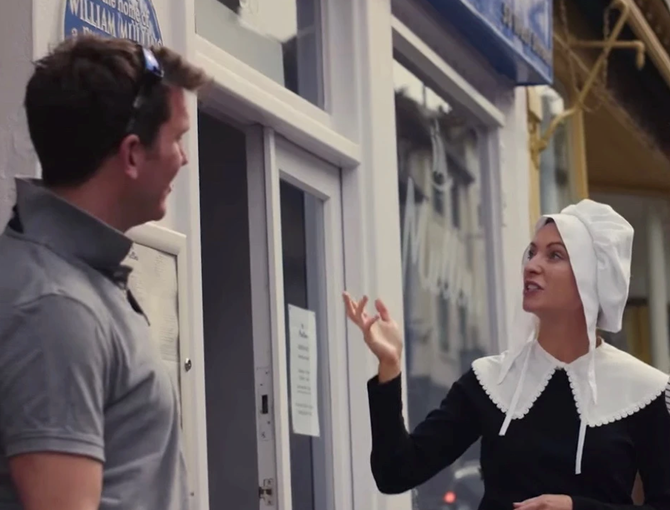
Dorking in the time of William Mullins
Sign up for the latest Mayflower 400 news
You'll be the first to hear the latest Mayflower news, events, and more.
Log In
Register
Mayflower 400 Proudly Supported by our National Sponsors and Funding Partners






